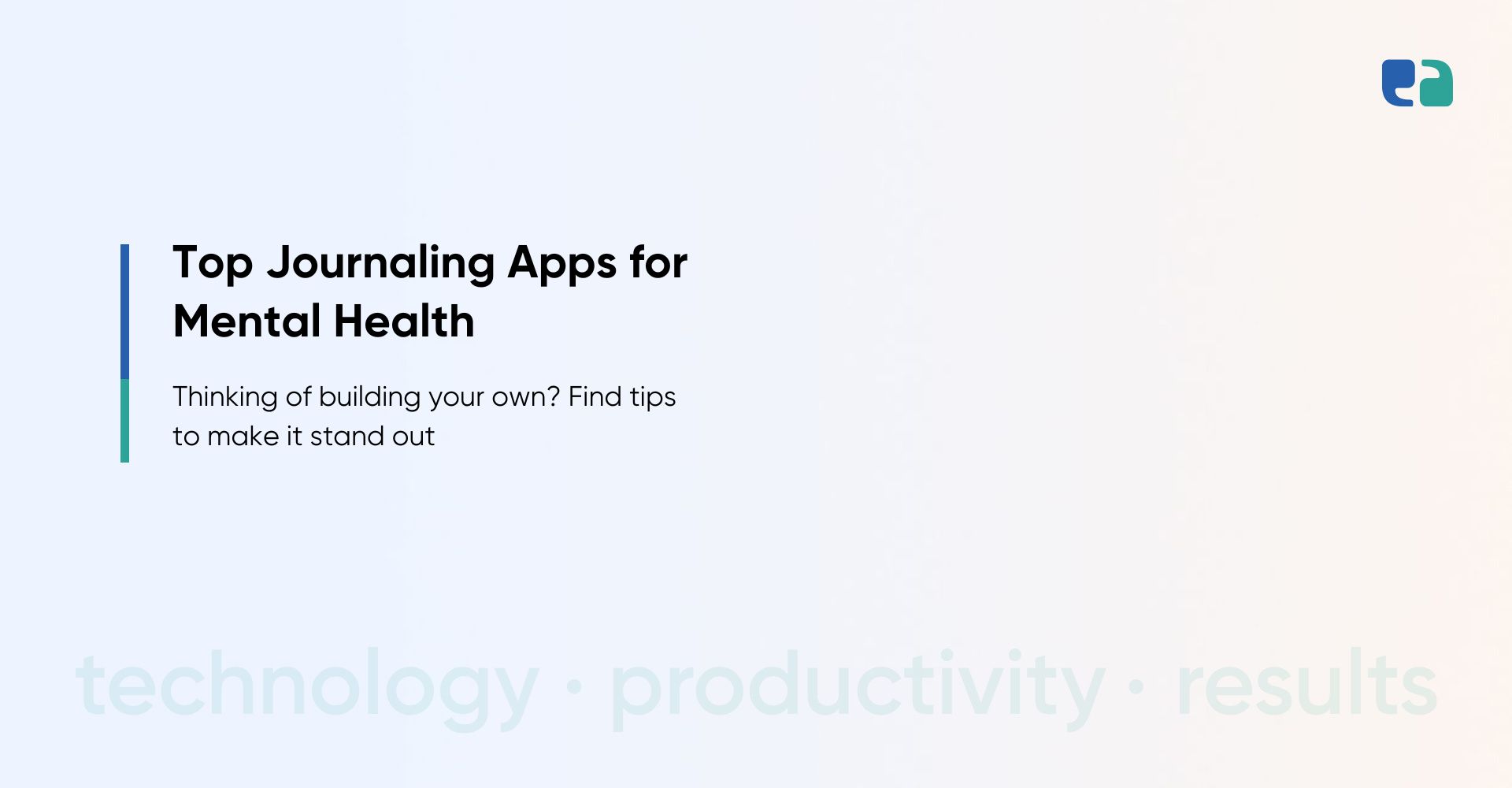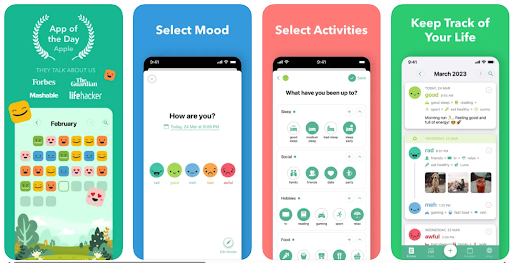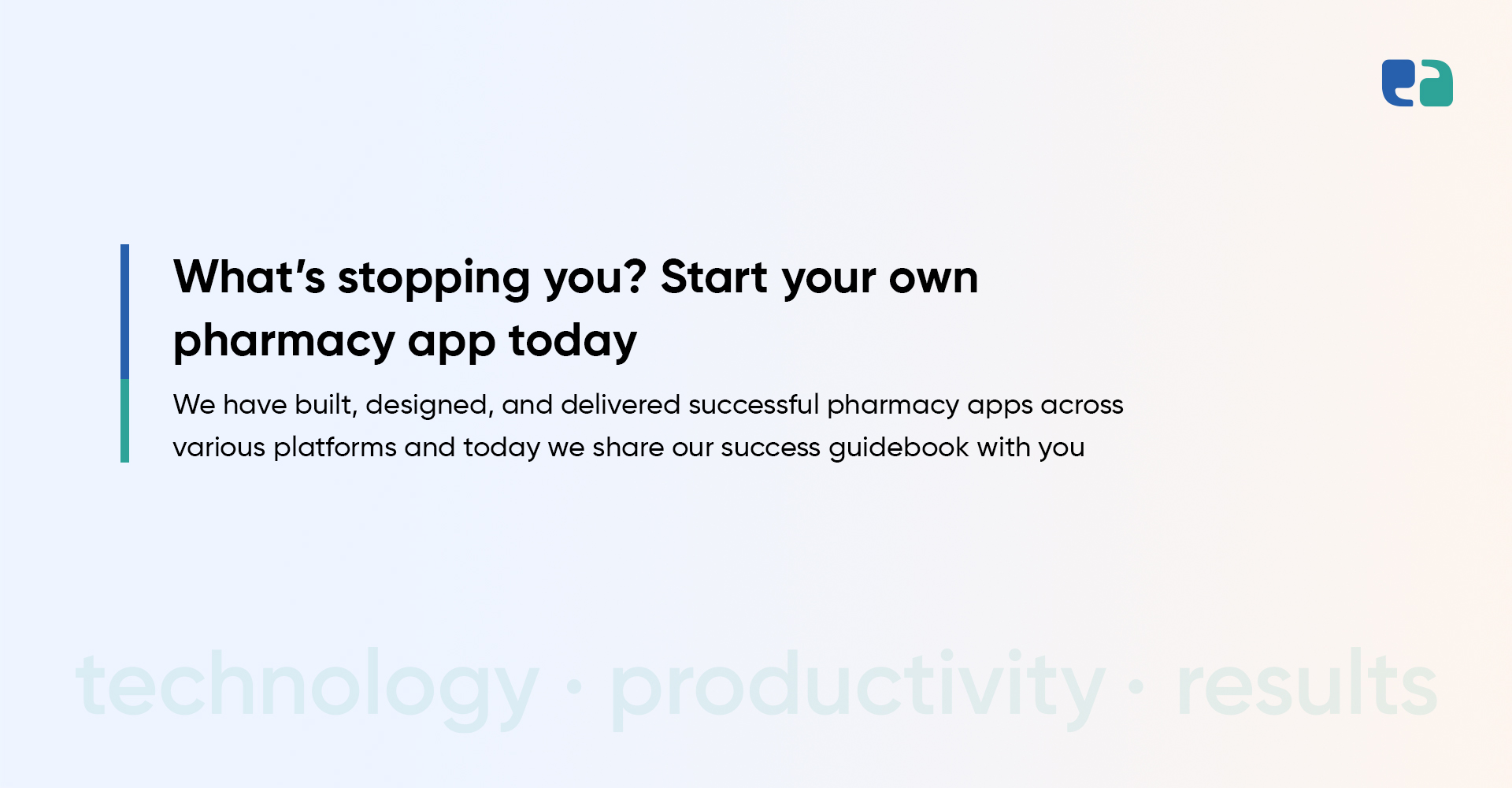The world is going through a mental health crisis.
Nearly 970 million people live with some kind of mental health condition.
That’s 11% of the global population. And in recent years, more people than ever are reporting symptoms of anxiety and depression.
The demand for mental health support has never been higher.
But here’s the problem—traditional options like therapy or counseling are often hard to access.
They’re expensive, time-consuming, and not always available when someone needs immediate support.
That’s where digital solutions come in.
Among other mental health tools, journaling apps have carved out a powerful niche.
Journaling is a proven method to reflect, process emotions, and reduce stress.
Now, apps like Reflectly, Daylio, and Zinnia are bringing this age-old practice into the digital age—with features like guided prompts, mood tracking, CBT-based reflections, and even AI-powered suggestions.
These apps are being used not only by individuals (B2C), but also by employers, schools, and clinics (B2B) to support larger communities.
For example, universities are offering journaling apps to students to help manage their emotional well-being. And startups like Kwart are creating tools that let users share their journal entries with licensed therapists for better care.
But here’s the catch—building a successful journaling app isn’t just about writing code.
You need to understand user behavior, protect sensitive data, meet privacy laws like HIPAA or PIPEDA, and create a sustainable business model.
And that’s exactly what this guide is about.

What Makes a Successful Mental Health Journaling App?
Mental health journaling apps are on the rise, with the market reaching $6.1 billion in 2023. With so many people seeking accessible mental wellness solutions, it’s crucial to design an app that offers real clinical value, not just a trendy interface.
How to Stand Out in a Crowded Market of Journaling App
The mental wellness app market is growing fast, with predictions of it reaching billions of dollars in the near future.
But this also means the market is crowded, with thousands of apps already available. So, how do you stand out and build a successful mental health journaling app?
Here’s a look at what’s working for popular apps and some opportunities for new ones:
By focusing on these key strategies, you can build an app that not only meets user needs but also stands out in a crowded market.
Choosing the Right Tech Stack & Development Path for Your Journaling App
Let’s talk about the foundation of your mental health journaling app—your tech stack. This isn’t just about coding languages or frameworks. It’s about how your app performs, how secure it is, and how easily it can scale or evolve over time.
Budget, Timeline & Team: What to Expect When Building a Mental Health Journaling App
Bringing a mental health journaling app to life isn’t just about writing code. It’s about careful planning, realistic expectations, and building a team that truly understands mental health and tech.
Budget: What Will It Cost?
It depends on your app’s complexity, but here’s a rough idea:
- MVP (Basic App): $50,000 to $100,000+. This version includes core features like journaling, mood tracking, basic UI, and essential security.
- Advanced App: $100,000 to $200,000+. Add AI, personalization, gamification, integrations, and deeper analytics, and the cost goes up.
You may see lower estimates online ($5k-$20k), but let’s be honest—those budgets won’t get you a secure, compliant, and user-trustworthy mental health app.
Key Cost Factors:
- UI/UX design
- Frontend and backend development
- Security and compliance (HIPAA/GDPR)
- QA testing
- AI/ML features (if any)
- Project management
- App store publishing
- Legal and compliance consulting
Also, don’t forget about ongoing costs—like hosting, security updates, and third-party tools. These can be 15–50% of the original development cost each year.
Timeline: How Long Will It Take?
There’s no one-size-fits-all timeline, but here’s what affects how fast you can build:
- More features = more time
- Native apps (iOS & Android separately) take longer than cross-platform (like Flutter)
- Compliance and security slow things down (but are non-negotiable)
- A larger, experienced team can move faster
- Iterative development is key—launch your MVP, then improve based on feedback
If you plan B2B partnerships (like with clinics or employers), keep in mind that those add integration and approval time too.
Team: Who Do You Need?
You’ll need a mix of tech, design, clinical, and compliance talent:
- UI/UX Designers – to keep things simple, calming, and user-friendly
- Frontend & Backend Developers – to build the app logic and interface
- Security Experts – to protect sensitive data
- Compliance Specialists / Legal – for HIPAA, GDPR, privacy laws
- Mental Health Professionals – to guide content and ensure clinical value
- QA Testers – to make sure everything works properly
- AI/ML Engineers – if you’re using smart features like mood analysis
- DevOps Engineers – for hosting, cloud infrastructure, and scaling
- Project Manager – to keep the whole thing on track
At SyS Creations, we bring together all of these roles under one roof—so you don’t have to manage multiple vendors or worry about compliance gaps.





